
270 T79. ** Lead wire with connector part nos.
Through the adoption of specially designed seals and stoppers, a rotation angle of 270° has been achieved for the first time in a compact vane style actuator. To support thrust and radial loads, bearings are used throughout the series.
25 15.5 18 M12 x 1.25 6 12 26 71 63 45 18 30 6 36 81 32 32 22 25 M16 x 1.5 7 14 35 86 71 51 20 38 7 45 96 40 40 27 30 M20 x 1.5 7 19 40 95 75 55 20 45 7 50 105 50 50 32 35 M24 x 1.5 8 24 46 106 81 60 21 55 7 56 116 63 63 42 45 M30 x 1.5 9 30 58 125 90 67 23 66 7 68 135 80 80 57 60 M39 x 1.5 14 41 77 155 105 78 27 86 7 87 165 100 100 72 75 M48 x 1.5 21 50 101 197 132 96 36 104 7 111 207 270
Through the adoption of specially designed seals and stoppers, a rotation angle of 270° has been achieved for the first time in a compact vane style actuator. To support thrust and radial loads, bearings are used throughout the series.
Through the adoption of specially designed seals and stoppers, a rotation angle of 270° has been achieved for the first time in a compact vane style actuator. To support thrust and radial loads, bearings are used throughout the series.
Through the adoption of specially designed seals and stoppers, a rotation angle of 270° has been achieved for the first time in a compact vane style actuator. To support thrust and radial loads, bearings are used throughout the series.
Through the adoption of specially designed seals and stoppers, a rotation angle of 270° has been achieved for the first time in a compact vane style actuator. To support thrust and radial loads, bearings are used throughout the series.
Through the adoption of specially designed seals and stoppers, a rotation angle of 270° has been achieved for the first time in a compact vane style actuator. To support thrust and radial loads, bearings are used throughout the series.
Through the adoption of specially designed seals and stoppers, a rotation angle of 270° has been achieved for the first time in a compact vane style actuator. To support thrust and radial loads, bearings are used throughout the series.
Through the adoption of specially designed seals and stoppers, a rotation angle of 270° has been achieved for the first time in a compact vane style actuator. To support thrust and radial loads, bearings are used throughout the series.
Through the adoption of specially designed seals and stoppers, a rotation angle of 270° has been achieved for the first time in a compact vane style actuator. To support thrust and radial loads, bearings are used throughout the series.
Through the adoption of specially designed seals and stoppers, a rotation angle of 270° has been achieved for the first time in a compact vane style actuator. To support thrust and radial loads, bearings are used throughout the series.
Through the adoption of specially designed seals and stoppers, a rotation angle of 270° has been achieved for the first time in a compact vane style actuator. To support thrust and radial loads, bearings are used throughout the series.
Through the adoption of specially designed seals and stoppers, a rotation angle of 270° has been achieved for the first time in a compact vane style actuator. To support thrust and radial loads, bearings are used throughout the series.
Through the adoption of specially designed seals and stoppers, a rotation angle of 270° has been achieved for the first time in a compact vane style actuator. To support thrust and radial loads, bearings are used throughout the series.
Through the adoption of specially designed seals and stoppers, a rotation angle of 270° has been achieved for the first time in a compact vane style actuator. To support thrust and radial loads, bearings are used throughout the series.
Through the adoption of specially designed seals and stoppers, a rotation angle of 270° has been achieved for the first time in a compact vane style actuator. To support thrust and radial loads, bearings are used throughout the series.
Through the adoption of specially designed seals and stoppers, a rotation angle of 270° has been achieved for the first time in a compact vane style actuator. To support thrust and radial loads, bearings are used throughout the series.
Through the adoption of specially designed seals and stoppers, a rotation angle of 270° has been achieved for the first time in a compact vane style actuator. To support thrust and radial loads, bearings are used throughout the series.
Part Material Note 1 Body (A) Aluminum Alloy White 2 Body (B) Aluminum Alloy White 3 Vane Shaft Carbon Steel (NBR) 4 Stopper Resin For 270 5 Stopper Resin For 180 6 Bearing Bearing Steel 7 Back-up Ring Stainless Steel 8 Hexagon Socket Head Cap Screw Stainless Steel Special bolt 9 O-ring NBR 10 O-ring NBR 11 Stopper Packing NBR 12 Parallel Key Carbon Steel 3 2-2Double Vane Type No.
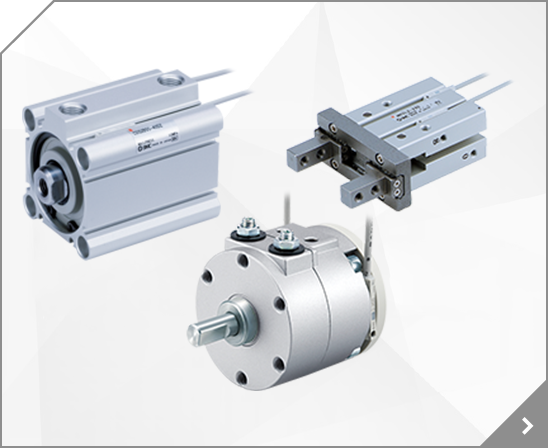


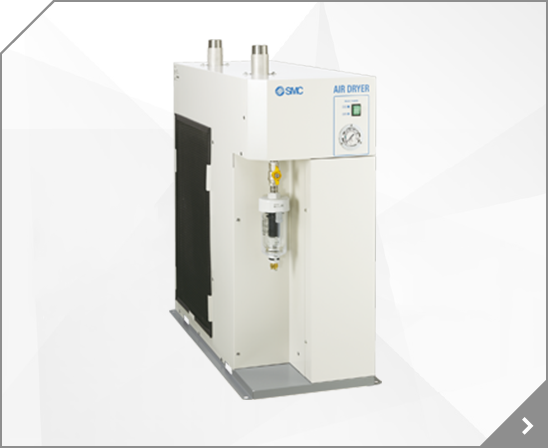
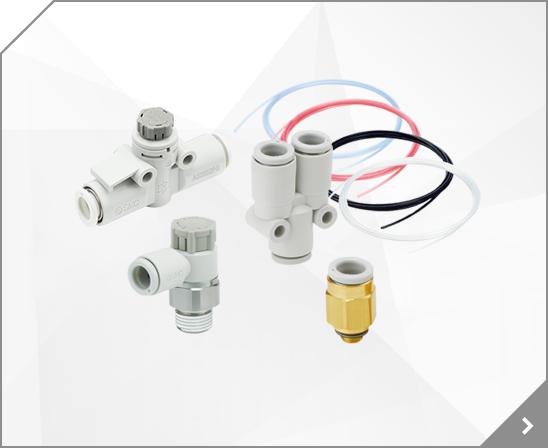
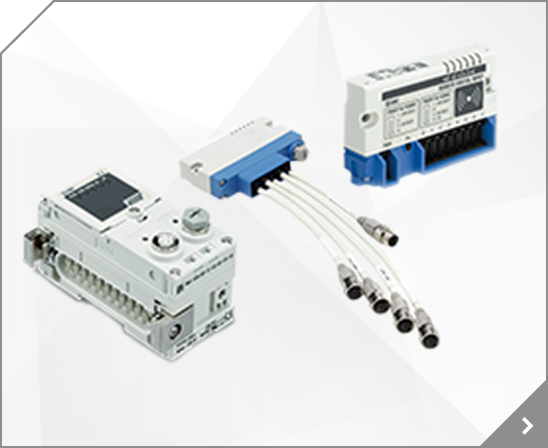
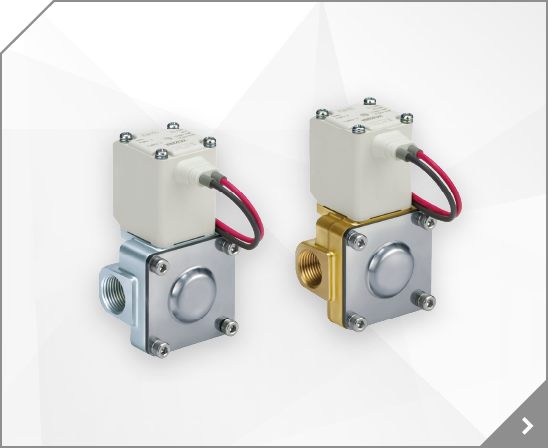
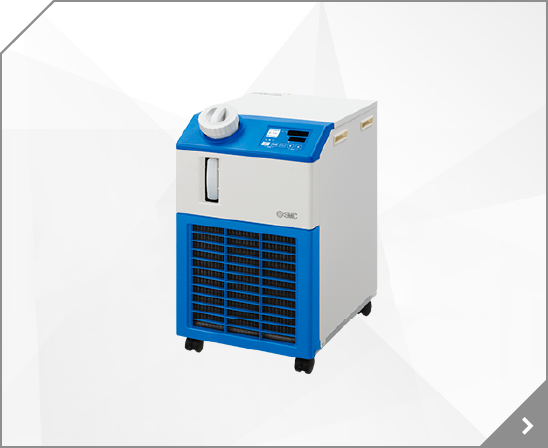
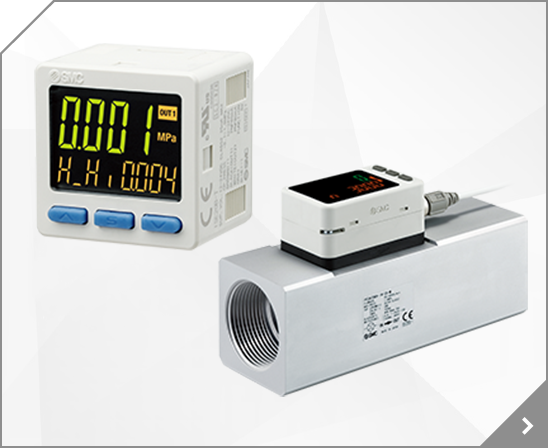
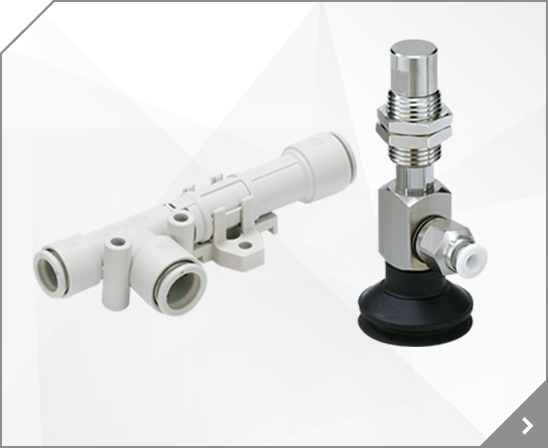

 CRBB-OM00004
CRBB-OM00004